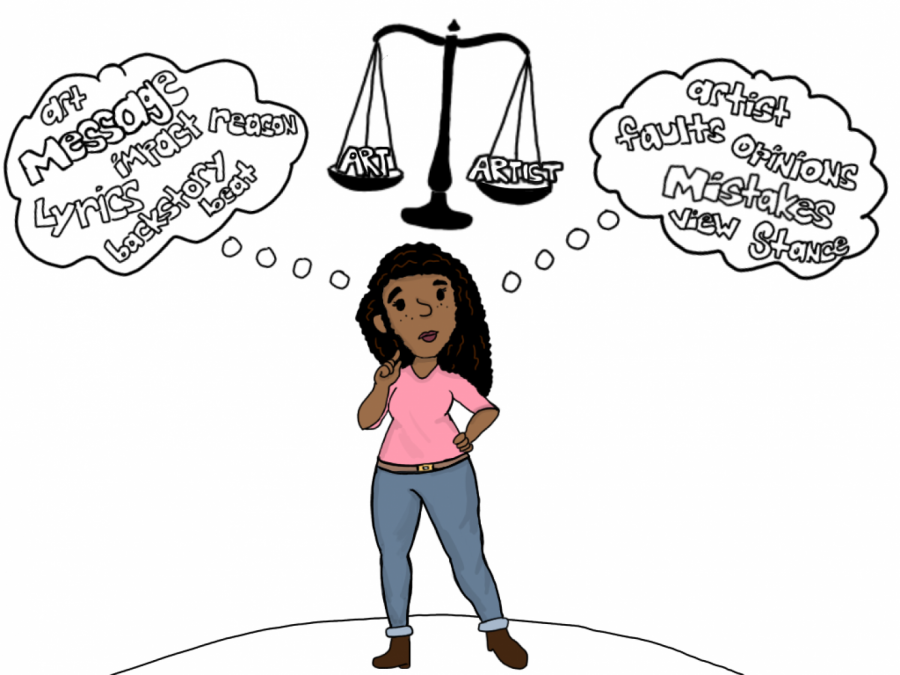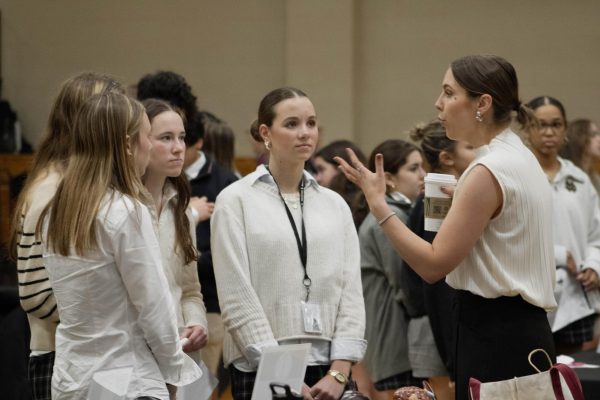Separating Art from the Artist
From Michael Jackson to Kanye West, the American people have been enjoying music from controversial artists for decades. The question is: should the art be separate from the artist? Should we ignore the fact that Rick James sexually abused women in order to enjoy “Superfreak,” or forget about the anti-gay language used by Eminem to justify loving “Rap God”?
The fact is, no matter what group of people you point to, there are terrible people in that group. Musicians, artists, politicians, police, and every other career has its fair share of bad apples. However, should the offenses of the creator of the art affect the art itself?
Many times, artists use questionable language in their songs to make a point, but the audience has think about where the line is. Prince was one of the most controversial artists of his time, but is now revered by the American people. His song “Darling Nikki” was one of the key songs that brought parental advisory stickers on albums into existence.
Challenging societal standards with offensive language or new ideas can have good intentions and consequences however. This is much more artistic freedom now thanks to people like Prince. But now a new problem surfaces: what happens if an artist is just a bad person, unrelated to pushing boundaries. Rick James, as mentioned before, was found guilty of two charges of torture and assault against two women, Frances Alley and Mary Sauger. He and his wife, Tanya Hijazi, held Alley for around six days, torturing her and assaulting her over that period. Yet, his songs are still played on the radio and hardly anyone even knows that he has committed such crimes.
The gravity of the criminal offenses should be taken into account when separating art from the artist. There is nothing wrong with loving art from a terrible person, as long as you don’t love that artist or support their crimes. After all, though the songs are created questionably by a bad person, the art has done nothing terrible to anyone. However, we must be wise about what separations we make because the art and the artist will always be connected, no matter how much we try to divide them.








